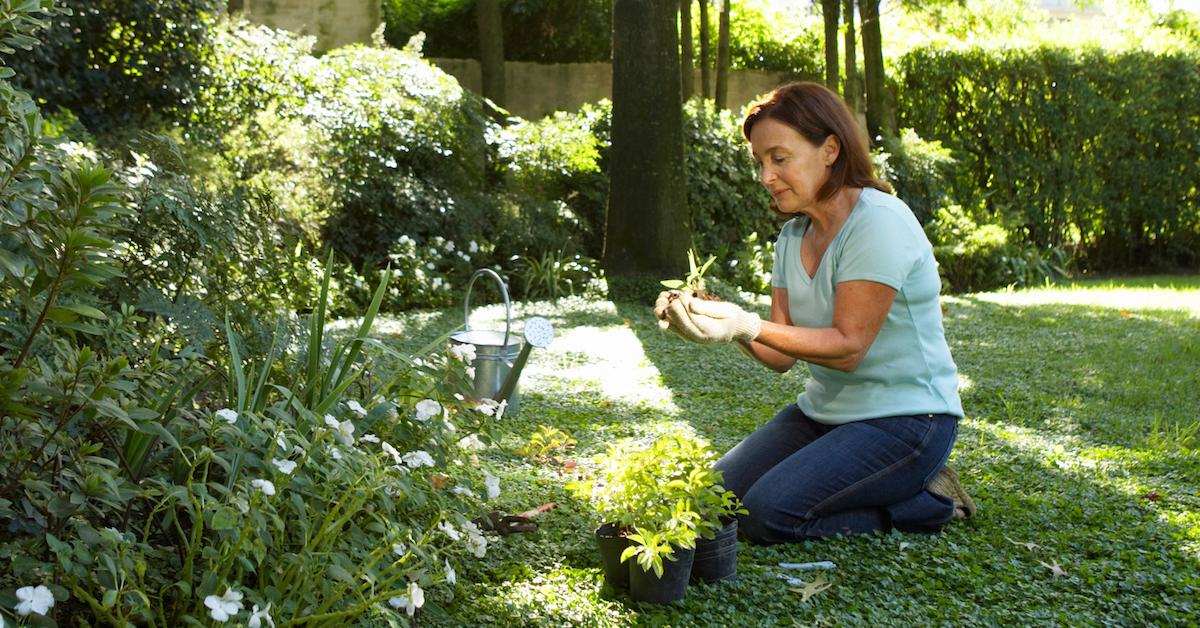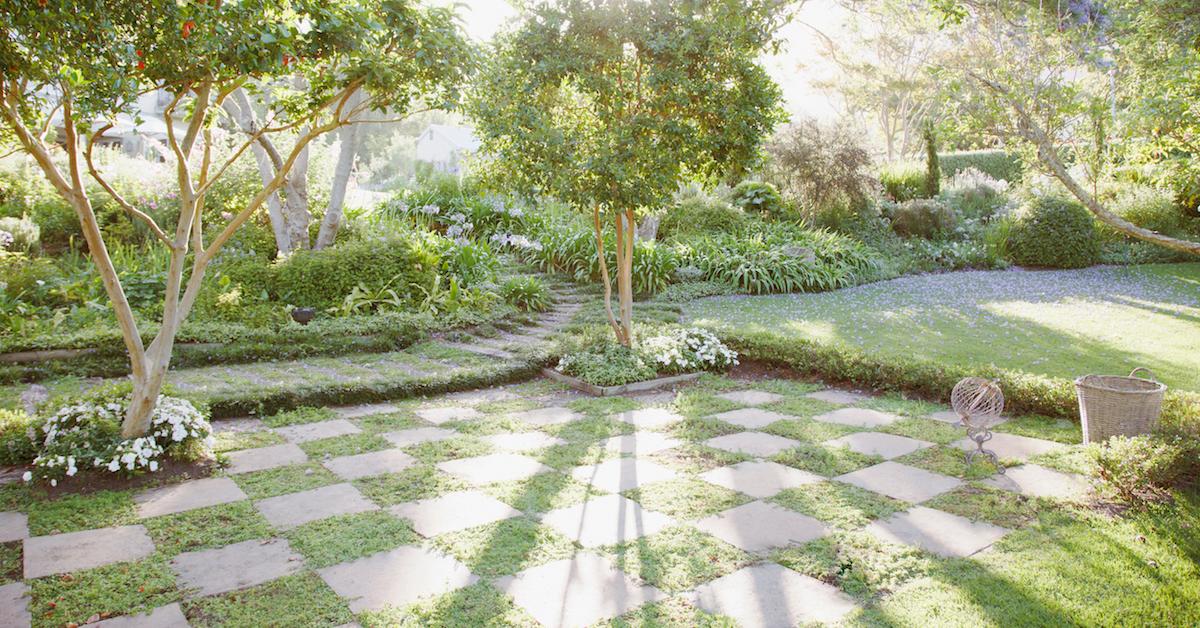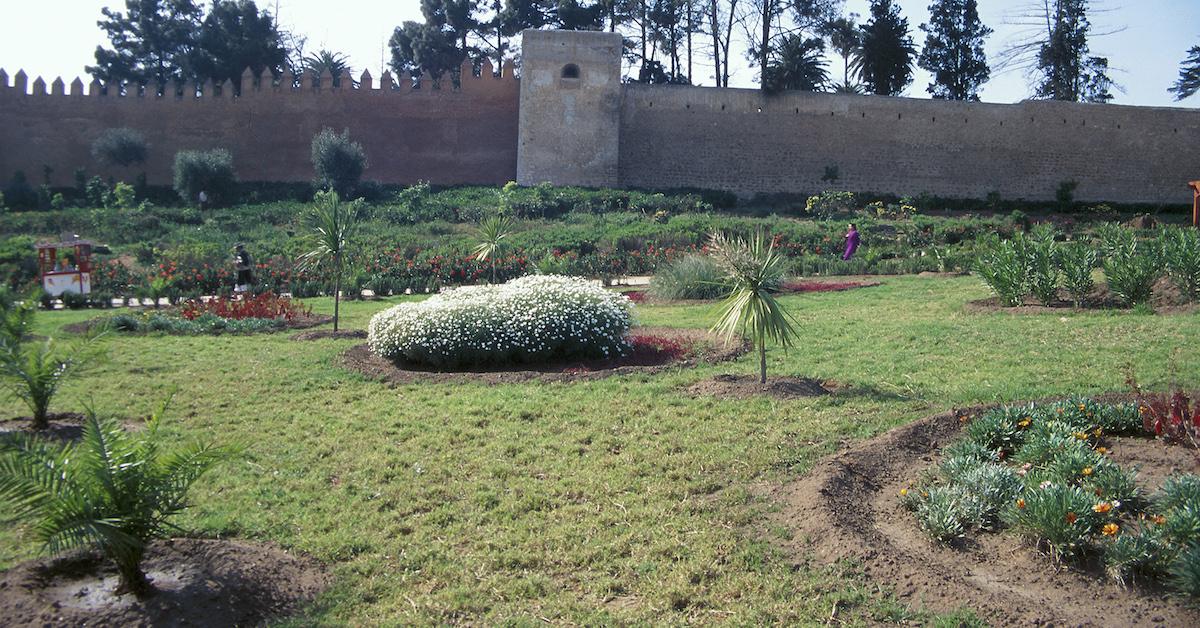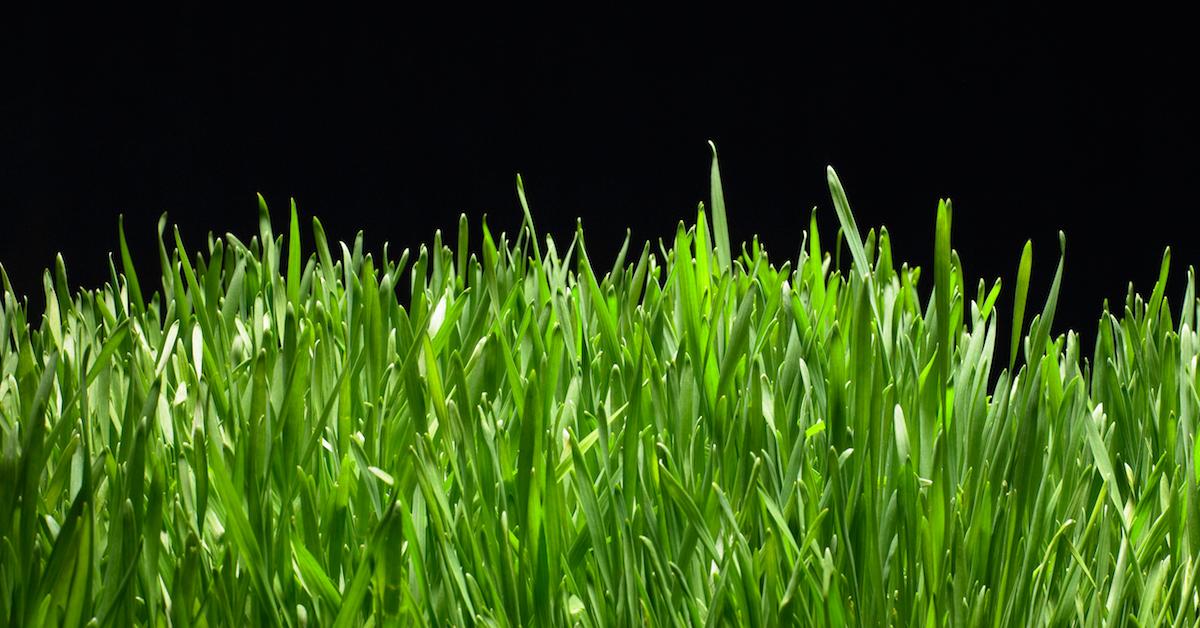What Is Permaculture Gardening? You Can Create a Self-Sufficient Garden
Published Dec. 23 2020, 3:53 p.m. ET

If someone told you that there was an eco-friendly way to garden that used the natural world to provide food, shelter, water, fertilizer, and everything else your garden needed, with half the effort you normally used, you’d probably think they were crazy. Believe it or not, it’s true! But what is permaculture gardening? And how does it make for an easier, more sustainable gardening experience?

What is permaculture gardening?
Permaculture gardening, otherwise known as permanent agriculture, is a way to work with the natural forces of wind, water, and sun, to create a more permanent, self-sustaining garden ecosystem in your own backyard. It’s a way to grow your own food without destroying your land. In essence, it’s a holistic approach to gardening. But as “new age” as it might sound from the description, there’s significant proof that permaculture gardening is just as effective as many other types of gardening and far easier.
How do I design a permaculture garden?
Now, just because permaculture gardening utilizes the natural world to great effect, does not mean that it does not require some design elements to be put in place at the onset. It’s important to take several aspects into account. First, how much size do you have to work with? Small permaculture gardens are fairly easy to plan out, but if you have a big backyard, you’ll have to take stock of what is already growing and try to work from there. That is unless you want to start from scratch.

What questions do you need to ask yourself?
You want to design your permaculture garden based on the natural elements of your landscape, so you need to understand what aspects of the natural world you will include and what their relationship will be. How will your plants fit together? How will they work together? Do they grow naturally together? The reason for these questions is to determine what patterns of growth and harvest you’re replicating within your permaculture garden.
Which plants need more sun? Which ones need more shade? What trees provide the best shade and which trees are best for animals to make their homes in? What animals do you want to draw to your garden for that matter? These are only a few of the hundred questions you need to ask yourselves before you get started.

Wasn’t a permaculture garden supposed to be easier?
Permaculture gardens are definitely easier to take care of, even if they aren’t so easy to start. Basically, if they are done properly, they basically take care of themselves. You are creating a miniature biome, an environment all its own. It will be a place where your crops can thrive amongst the trees and flowers, but in order to achieve this, you need to understand the needs of all the living things you choose to plant there.
Does my soil have to be a certain way for a permaculture garden?
The less you have to do through the seasons, the better. So good soil is going to be the firmament upon which you plant your great garden. To do this, you’ll want to utilize several low-impact, sustainable gardening methods. Learning to compost will be one of the best tools going forward. Compost helps plants grow and restores nutrients to the soil while minimizing the amount of additional fertilizer you’ll need to add over time. You'll also need to take soil pH into account when deciding which trees to plant. Most North American plants prefer slightly acidic soil at a pH of 6 or 7, but some might like more alkaline soil. It all depends on what you decide to plant.
In the same way, no-till gardening practices will ensure that your ground remains fertile and undisturbed. All you might have to do after the initial planting is cover the area around garden beds in the mulch. This will protect them from unwanted weeds. Garden beds should be designed to be self-sufficient. The only reason you’ll need to step into those beds again is to replant annuals the next year — and you might not always need to do that either, depending on your crops.

What type of planting do I need to use for permaculture gardening?
Plant stacking is a good practice for permaculture gardening. Good examples of this can be seen in forests. Take in what you see: Trees are at the top, shrubs grow beneath them, vines creep their way through the mix, and low-growing plants make up the substrate layer. Trees act as shade, windbreaks, and water sources at times, so they are a great way to create “keystones” for your permaculture garden. Learning how to stack plants can make better use of the space in your yard and help you understand what plants grow best next to others.
This last concept is considered companion planting, and it can also be used to make the garden hospitable to insect pollinators. Some plants draw particular species, particular bees, and particular predators. Knowing which ones you want to draw in and which you want to keep out can be as easy as looking them up on the internet. Perhaps creating a fact file of potential plants, pests, and pollinators would be helpful during planning. Whatever your methodology, preparation is the key to creating a self-sufficient space for your little garden nook.